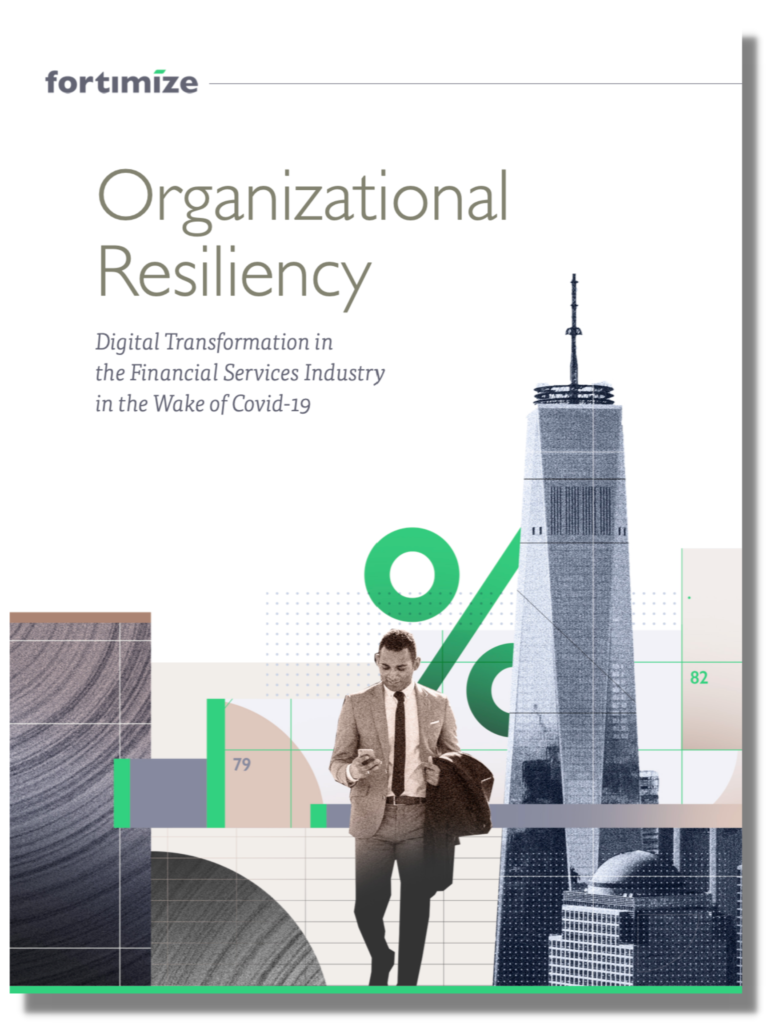INTEGRATING SALESFORCE WITH REAL ESTATE ERPS
The single biggest driver of delivering our projects on-time and on-budget comes down to one thing: integration to the accounting system.
As real estate firms aspire for a digital, user-centric experience, deeper tenant relationships and smooth handoffs between sales, operations and accounting, a fool-proof, scalable integration between ERPs and Salesforce becomes a necessity, not a luxury.
Legacy ERPs, such as Yardi, MRI, RealPage and JD Edwards, are good at what they are built to do – accounting and financial reporting – but aren’t user-friendly and lack a robust CRM. It’s tempting to double down on investing in these systems, but code-heavy customizations are costly and can lead to substantial tech debt when upgrades are rolled out by the ERP.
Instead, our most successful clients have made an intentional decision of keeping financials in the ERP (financial data) and leveraging Salesforce (customer data and workflow) for sales and operations. This delineation can only work with a robust, but manageable, integration.
Connecting your general ledger to your CRM allows you to maximize the value of your tools and technology and provides your teams a unified view of data across systems. Your ERP remains the system of record for lease, tenant and rent data but Salesforce becomes your front-end operations platform. This way your sales, leasing and service teams all have a complete view of your tenants, residents and properties without having to swivel between systems.
The challenge, for many real estate firms, is in how to actually integrate to derive the value from connected platforms.
MULESOFT – THE INTEGRATION TOOL THAT SCALES
90% of IT leaders say data silos are an obstacle to digital transformation.(1) Many organizations often turn to custom code or older web services to integrate data between disparate systems. This approach can enable quick communication between systems but isn’t scalable as it quickly expands to become a tangled web of difficult-to-maintain custom code.
A more scalable approach is API-led, which allows each integration to become a reusable building block to support your business now and in the future. For example, support your leasing teams by bringing vacancy information into Salesforce (suites, RSF, date available). This information can be displayed as property and suite information in Salesforce and tied directly to deal records. You can later build upon this API to support the renewal process by expanding to include tenant and lease data (tenant name, RSF, lease status, lease expiration date, option dates, etc.) When teams close deals, automatically push terms from the leasing opportunity into your ERP for accounting & forecasting purposes.
Integrating data, instead of duplicating data, saves leasing agents valuable time and ensures data accuracy and integrity across systems. And leveraging re-usable APIs means faster releases to support your team’s business needs and evolving tenant demands.
MuleSoft’s all-in-one platform for APIs and integrations in one tool that allows companies to scale, and scale quickly to support your business. With reusable APIs and pre-built connectors to many third party systems you can boost time-to-value and demonstrate real ROI.
TAKING THE FIRST STEPS
In summary, integration remains the biggest challenge when it comes to project success(1) so real estate companies must take a thoughtful and proven approach to the integration journey. Here are few things we recommend as you embark on an integration:
- Start small with an MVP project to support one interaction or workflow to improve upon.
- Keep the big picture in mind and define a roadmap to iterate upon your MVP release.
- Build with the goal to reuse and package data and capabilities together.
- Define and track KPIs on build, service and delivery to see where bottlenecks lie.
FORTIMIZE – PARTNERS WHO HELP YOU GET STARTED THE RIGHT WAY
Fortimize knows what it’s like to be in your role in the rapidly changing real estate industry because we’ve been there. We’ve worked with real estate customers to successfully integrate between Salesforce and these ERP systems. By leveraging MuleSoft and bringing lessons learned on day 1 of an engagement, Fortimize provides the expertise you need in a trusted partner.
In part 2 of this blog, we’ll feature the story of a national retail customer who recently went live with a Salesforce and ERP integration.
(1)2022 Connectivity Benchmark Report, MuleSoft Research in collaboration with Deloitte Digital
